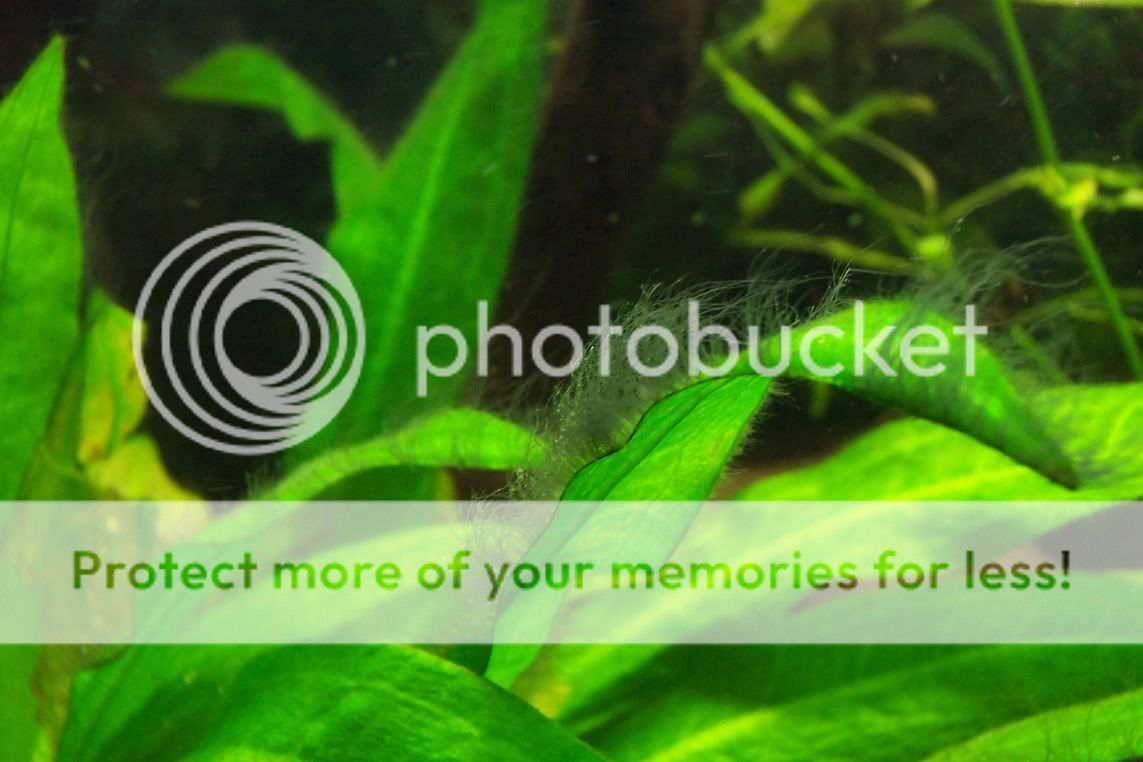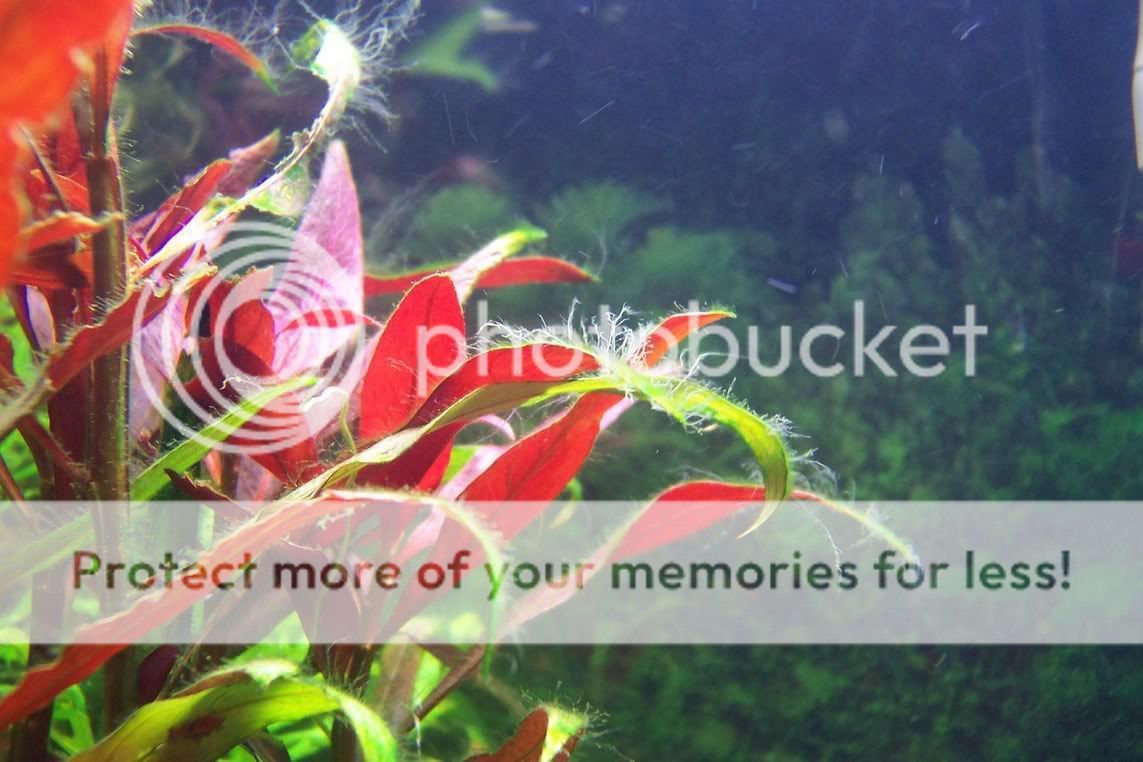Yeaulman
Fish Crazy
Hey guys, I just got back from a trip and looked in my tank and found a lot of unwanted algae. Most of it is green and on the log at the highest point of the tank. And some is on the glass which I can clean off. But I saw this algae that was like a light grey color and will not come off the leaves unless you rip it off..... how can I get rid of all this algae.
My tank is 48 gallons and has 130 watts of power with 6700K light spectrum. I have 2 Black Moors and 2 Calico fan tails and 1 pleco. The lights are left on for about 8-10 hours a day and is quite heavily planted.
My tank is 48 gallons and has 130 watts of power with 6700K light spectrum. I have 2 Black Moors and 2 Calico fan tails and 1 pleco. The lights are left on for about 8-10 hours a day and is quite heavily planted.


 /www.dennerle.de/ENGLISCH/e_brennp_algen.asp
/www.dennerle.de/ENGLISCH/e_brennp_algen.asp


